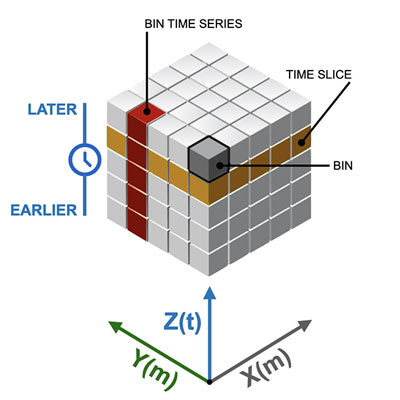Religiopolitics - the Imperium Christianum and its Commoners (REPLICO)
Principal Investigator at ZRC SAZU
Benjamin Štular, PhD-
Original Title
Religiopolitics - the Imperium Christianum and its Commoners (REPLICO)
-
Acronym
REPLICO
Project Team
Edisa Lozić, PhD, , Dr. Mária Vargha, Dr. Stefan Eichert, Mateja Belak, Polona Janežič, Anja Ragolič, PhD-
Project ID
N6-0317
-
Duration
1 May 2023–30 April 2026 -
Financial Source
Javna agencija za raziskovalno dejavnost RS

The Czech Science Foundation (GAČR)

Austrian Science Found (FWF)

Partners
Karlova univerza v Pragi (Univerzita Karlova), Naravoslovni muzej Dunaj (Naturhistorisches Museum Wien)

The Ottonian dynasty (919-1024) faced increasing threats along the borders of the Holy Roman Empire; Magyars, Slavs, Vikings and Muslims threatened its political integrity. Conventional historiography will tell us that the Ottonians had a surprisingly effective solution that changed Europe at its core at the end of the first millennium: the founding of bishoprics near the borders of the Empire. This involved sending missionaries and eventually integrating their neighbours into the Imperium Christianum. The decisive role of the aforementioned bishoprics in this process is undeniable. However, the direct impact on the rural population – which made up the largest part of society – was primarily through the network of local churches formed in this process.
The REPLICO project focuses on this often overlooked part of the population to investigate how the changes in the top political and ecclesiastical organisations affected the development of the local church network and how the different strategies worked in integrating the Slavic population in the north.

The project first compiles and analyses a database of archaeological and historical data from the 10th to 12th centuries from present-day Austria, Slovenia and the Czech Republic. These data will then be analysed with beyond-state-of-the-art tools such as geospatial and geostatistical analysis, including machine learning. The final goal is to create a historical interpretation.